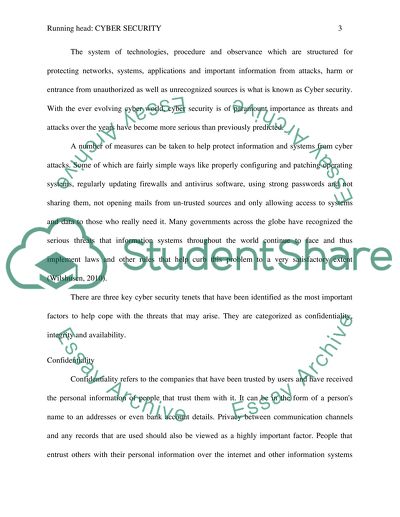Cite this document
(“Cyber Security Policy Initiatives Research Paper”, n.d.)
Cyber Security Policy Initiatives Research Paper. Retrieved from https://studentshare.org/information-technology/1615460-cyber-security-policy-initiatives
Cyber Security Policy Initiatives Research Paper. Retrieved from https://studentshare.org/information-technology/1615460-cyber-security-policy-initiatives
(Cyber Security Policy Initiatives Research Paper)
Cyber Security Policy Initiatives Research Paper. https://studentshare.org/information-technology/1615460-cyber-security-policy-initiatives.
Cyber Security Policy Initiatives Research Paper. https://studentshare.org/information-technology/1615460-cyber-security-policy-initiatives.
“Cyber Security Policy Initiatives Research Paper”, n.d. https://studentshare.org/information-technology/1615460-cyber-security-policy-initiatives.


